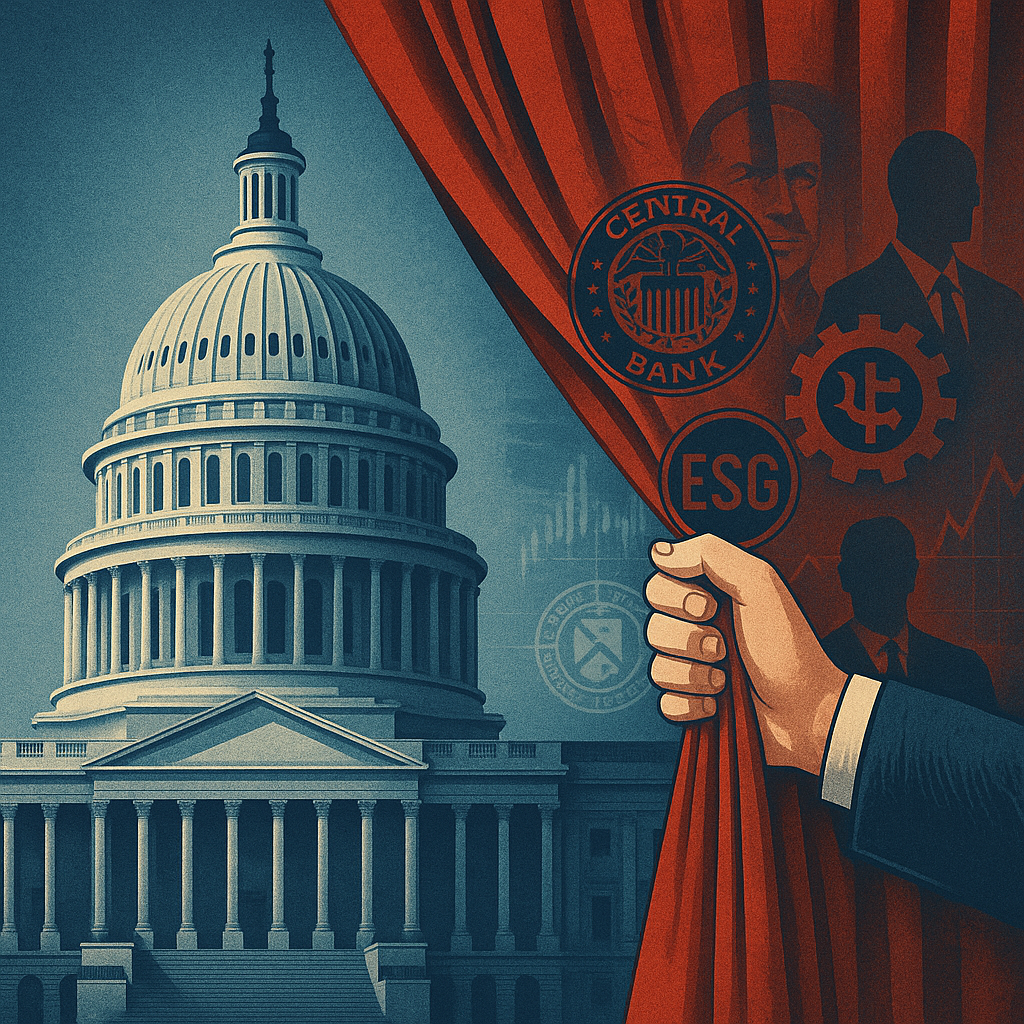To understand how government programs truly operate, we can look at one of the most successful government programs of all time: Social Security.
By charter, Social Security is required to invest any surplus it receives, beyond what it needs to pay out, into Federal Savings Bonds. These bonds are not only the safest investment on the planet, but they also represent promissory notes from the Federal Government to tax more in the future (when the bonds are paid off) than it taxes today.
At the time of Social Security’s inception, we were spending and taxing only 3% of GDP and did not create enough Federal Savings Bonds to satisfy Social Security’s investment needs. It’s important to note that during the first five years, there were no beneficiaries, so every penny generated by the Social Security tax had to be invested in Federal Savings Bonds.
To generate the necessary Savings Bonds for Social Security to invest in (equivalent to 7.5% of the national income), the government had to significantly increase spending levels. The need to create debt for Social Security to purchase is what funded the New Deal.
Moreover, the Federal Government had to find a way to utilize the 7.5% of the national income it suddenly received above the previous 3% spending level. The law prohibited keeping the money in the Social Security trust fund.
In other words, not only did the Federal Government have to spend an additional 7.5% of the national income to create debt for Social Security to invest in, but it also had to spend that 7.5% of extra tax income. This additional spending went towards New Deal programs until it could eventually be allocated to recipients (starting in year 6), and later towards World War Two expenditures.
By implementing Social Security, FDR was able to immediately raise Federal spending levels from 3% of GDP to 18% of GDP, even during a depression. However, he did not inform the American people that he had increased tax rates to six times what they were before.
Furthermore, Social Security promises to raise taxes even further in the future to sustain itself.
Additionally, the payroll tax is capped, meaning it disproportionately affects the poor and middle classes rather than impacting the rich significantly.
Furthermore, the payments are not means-tested and are tied to income.
In essence, Social Security primarily taxes the poor and middle classes to provide primarily for the rich, which may have made sense to someone with ‘Roosevelt’ as a last name.
Moreover, Chile has provided an example of what a government can achieve by implementing a privatized system. Chile did just that, and the return on investment for retirees is five times higher than what Social Security provides.
Therefore, FDR funded the New Deal by raising current and future taxes to six times what people were paying before, leading the Federal Government to become six times larger than ever before, with a program designed to transfer money from the poor and middle classes to the rich.
This expansion of government largesse has disproportionately benefited the rich, which is why today more than half of all wealth in the United States is concentrated within 100 miles of the nation’s capital.
Finally, it is worth noting that Social Security is expected to become insolvent in less than ten years.









James Duncan
Good to see you back.